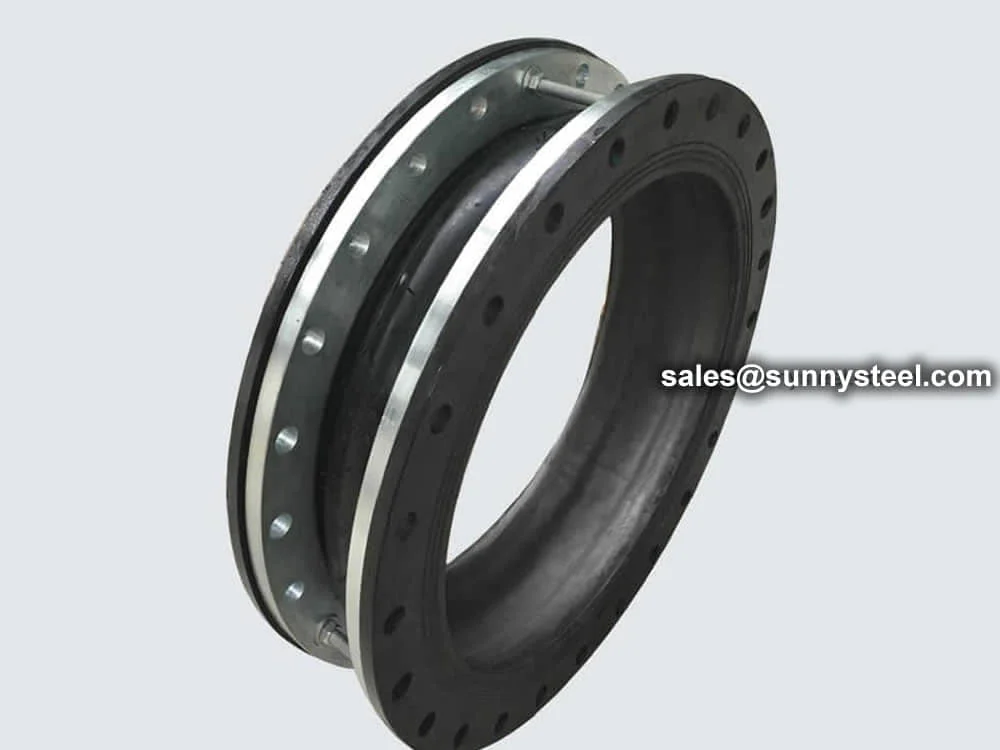
Compact Vibration And Movement Control Connector
Limited flexible rubber joints absorb vibration, reduce noise, and manage thermal expansion in compact piping systems, offering corrosion resistance and easy installation.
Compact Vibration And Movement Control Connector
Limited flexible rubber joints absorb vibration, reduce noise, and manage thermal expansion in compact piping systems, offering corrosion resistance and easy installation.
Limited Flexible Rubber Joint, also known as a non-arch rubber expansion joint, is a specialized connector designed for industrial piping systems where minimal movement is required. Constructed from durable elastomers like EPDM, NBR, or Neoprene, reinforced with nylon cord or steel wire, and equipped with flanged or threaded ends (galvanized steel or SS304/SS316), these joints offer excellent corrosion resistance. They are ideal for applications in HVAC, water treatment, chemical processing, and boiler pipeline protection, providing pipeline vibration control and noise reduction in compact systems.
Unlike arch-type expansion joints, the limited flexible rubber joint has a straight, non-arched design, which restricts movement to smaller axial, lateral, and angular displacements, typically ±5 to ±10 mm and up to 5° angular deflection. Available in sizes from 1-1/2” to 20” (DN40 to DN500) with pressure ratings up to 16 bar and temperature ranges from -20°C to 110°C (depending on the elastomer), these joints are suited for water, air, mild chemicals, and slurries. Their compact design ensures corrosion resistance and makes them perfect for space-constrained flexible piping solutions.
Manufactured via high-pressure vulcanization, limited flexible rubber joints undergo rigorous testing, including hydrostatic, vacuum, and fatigue tests, to meet standards like DIN, ANSI, and JIS. Their high-density rubber construction reduces noise by 10-15 decibels and mitigates pipeline wear, enhancing system longevity. These joints are commonly used with control units to prevent overextension, ensuring safe operation in systems like pumps, chillers, and boiler pipeline protection. The use of materials like NBR provides oil resistance, while EPDM excels in weathering and chemical resistance.
Compared to arch-type or spherical rubber joints, limited flexible rubber joints offer less flexibility but are more robust for high-pressure applications with minimal movement. Their non-metallic body prevents electrolysis, enhancing durability in corrosive environments. These joints are less suited for large movements but excel in compact systems requiring pipeline vibration control and corrosion resistance. Their lightweight design and simple installation reduce maintenance costs, making them cost-effective for small-scale industrial applications.
Limited flexible rubber joints address challenges like vibration, noise, and minor thermal stress in piping systems. Their corrosion-resistant, compact design makes them a reliable choice for engineers seeking efficient, durable flexible piping solutions for HVAC, water treatment, and chemical processing applications, ensuring operational safety and efficiency.
| Material | EPDM | NBR | Neoprene |
|---|---|---|---|
| Temperature Range (°C) | -20 to 120 | -20 to 100 | -30 to 110 |
| Tensile Strength (MPa) | 10-20 | 10-15 | 8-17 |
| Elongation at Break (%) | 300-600 | 300-500 | 200-500 |
| Hardness (Shore A) | 60-80 | 60-75 | 50-70 |
| Chemical Resistance | Excellent (acids, alkalis) | Good (oils, fuels) | Moderate (oils, weathering) |
| Property | Value |
|---|---|
| Pressure Rating (bar) | Up to 16 |
| Axial Movement (mm) | ±5 to ±10 |
| Lateral Movement (mm) | ±3 to ±8 |
| Angular Deflection (°) | Up to 5 |
| Noise Reduction (dB) | 10-15 |
Proper installation of a flexible rubber soft joint ensures safety, reliability, and a longer service life for both the pump and the piping system. Follow these guidelines to achieve correct installation:
When installed at pump inlets or outlets, especially under frequent start/stop conditions, use a flange-type stop device on both sides. This prevents excessive stretching or compression of the rubber joint and protects the pump and pipeline.
For large-diameter joints, prepare a short pipe section on one end of the flange. First connect the joint with the short pipe and the other end of the pipeline, then weld the short pipe with the longer pipe section to ease installation and reduce labor intensity.
To avoid misalignment caused by welding deformation, temporarily weld round steel or strong metal supports between both flanges. This keeps the connection rigid during welding. Remove the supports afterwards so the joint stays in a natural, unstressed state.
During temporary welding, always cover the rubber joint with a protective shield to prevent sparks and heat from burning the rubber surface. This ensures welding safety and preserves the integrity of the joint.

Absorb greater movements compared to similar length metal expansion joints, managing lateral, torsional and angular movements effectively.
Dampen disturbances and provide resistance against shock stress from hydraulic surge and water hammer.
Dampen sound transmission with rubber to steel interface, reducing unwanted noise from system imbalances.
Lightweight and easy to handle, simplifying connections and reducing installation time and labor costs.
Significantly extend service life of piping systems and connected equipment, reducing maintenance frequency.
Effectively compensate for minor misalignments during installation or due to structural settling over time.
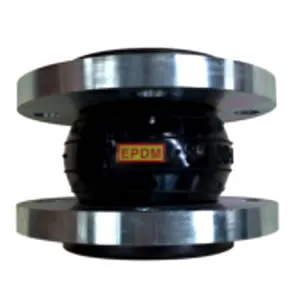
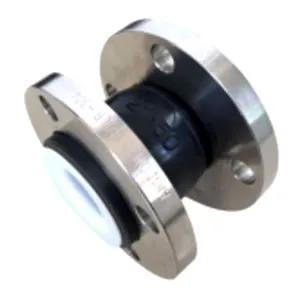
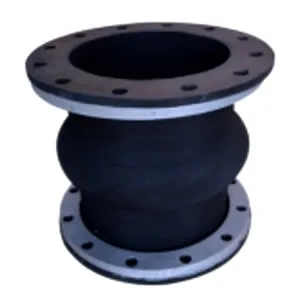
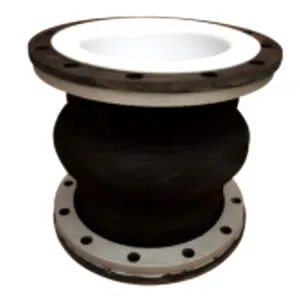
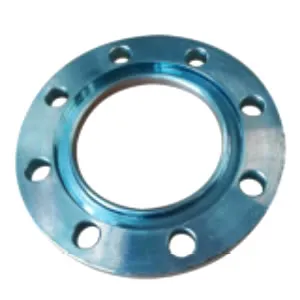
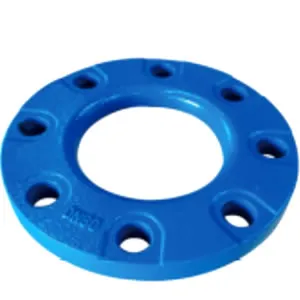
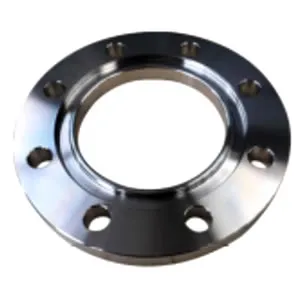
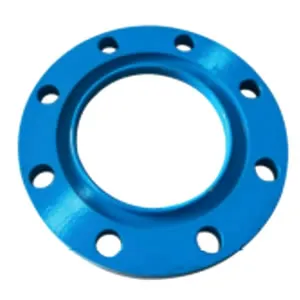
| Material | Temperature Range | Key Properties | Applications |
|---|---|---|---|
| EPDM Ethylene Propylene Diene Monomer |
-40°C to +120°C | Water, steam, ozone, weathering resistance | HVAC, water, wastewater systems |
| Nitrile (Buna-N) Acrylonitrile Butadiene |
-30°C to +100°C | Oil, fuel, chemical resistance | Petroleum-based applications |
| Hypalon Chlorosulfonated Polyethylene |
-40°C to +135°C | Ozone, weathering, oxidizing chemicals | Chemical processing, marine |
| Viton (FKM) Fluorocarbon |
-20°C to +200°C | High temperature, aggressive chemicals | Chemical, oil & gas, aerospace |
| Natural Rubber Polyisoprene |
-50°C to +80°C | Elasticity, abrasion resistance | General purpose, low chemical exposure |

Limited Flexible Rubber Joint are essential in industries requiring flexible, corrosion-resistant solutions for thermal expansion and vibration control in piping systems.
Transfers heat between fluids, allowing return flow at 180° in a compact space.
Used in heat exchangers, chemical & petrochemical, food processing, and refrigeration industries.
Seamless stainless U-tubes are essential in nuclear and petrochemical machine building.
Applied in heat exchangers at Oil & Gas, petrochemical plants, refineries, and power plants.
Handles aggressive fluids like sodium hydroxide + sodium hypochlorite safely.
Allows pipeline expansion without buckling; flexible or sliding options available.
Enhances heat transfer when the outside coefficient is lower than the inside, improving efficiency.
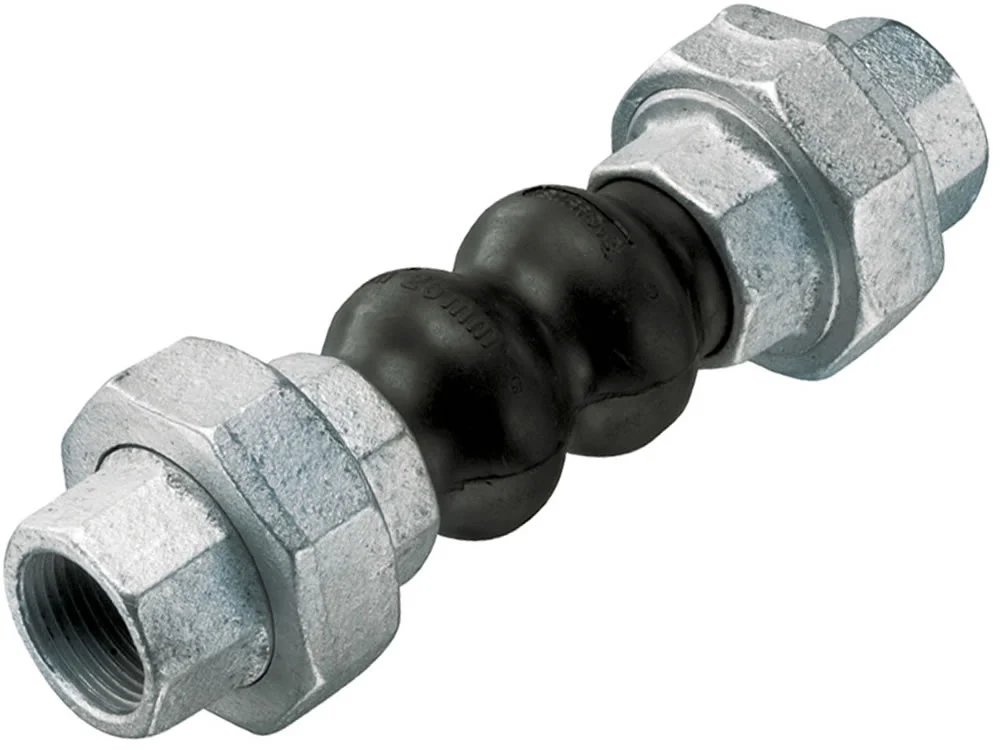
Threaded rubber expansion joints absorb vibration,...
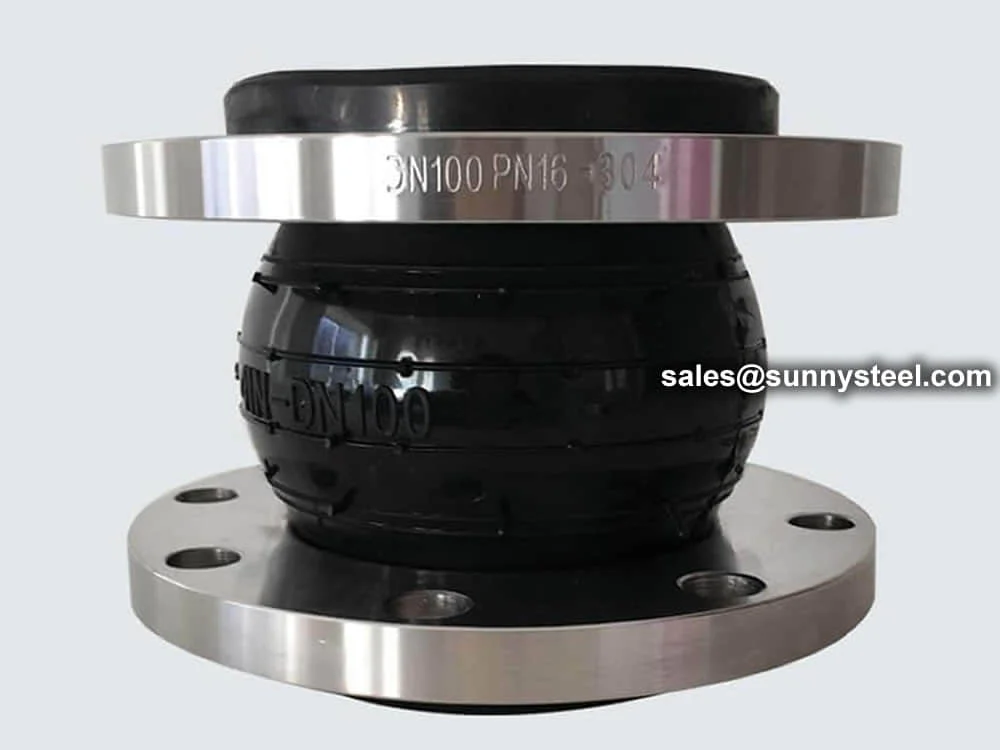
Flexible rubber joints absorb vibration, reduce no...
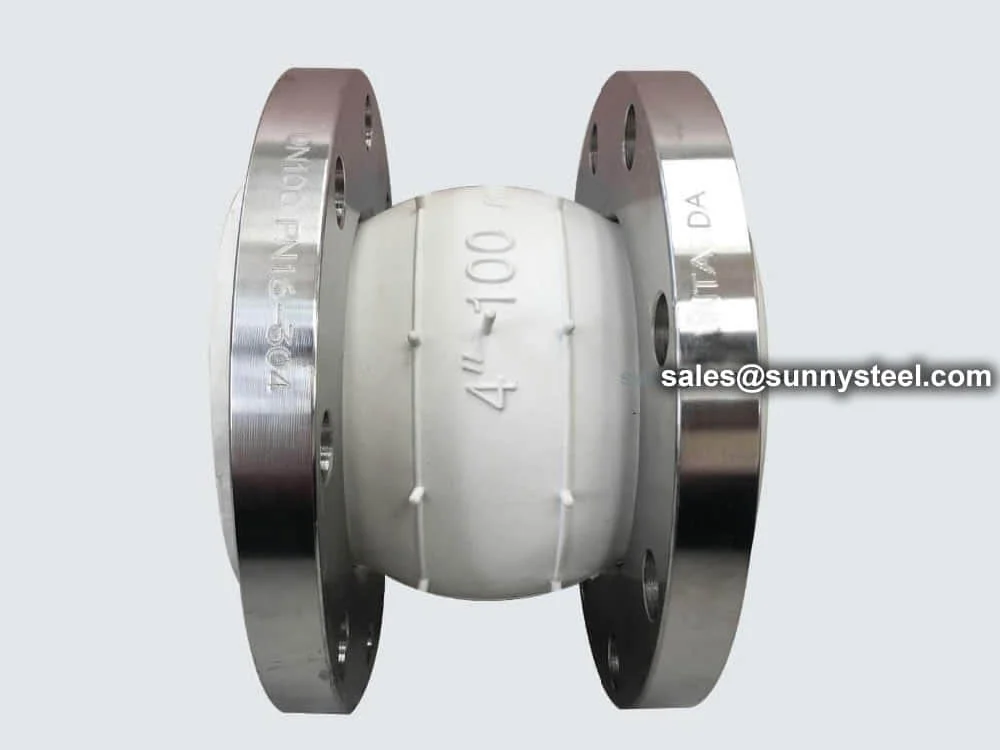
Food grade rubber expansion joints ensure hygienic...
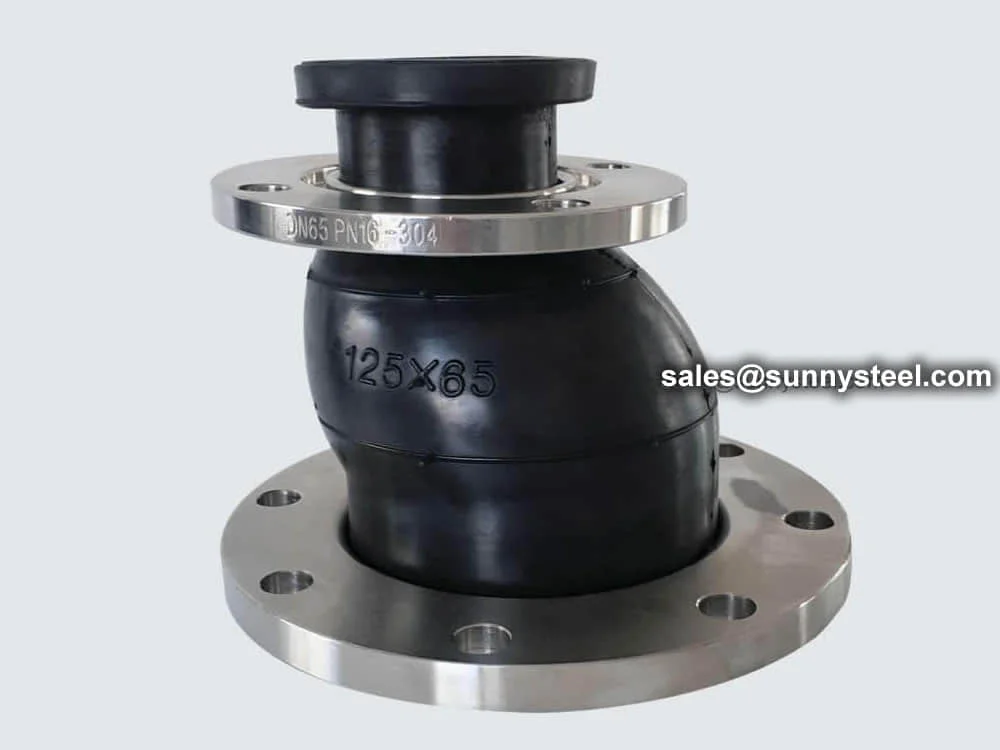
Eccentric reducer rubber joints connect misaligned...
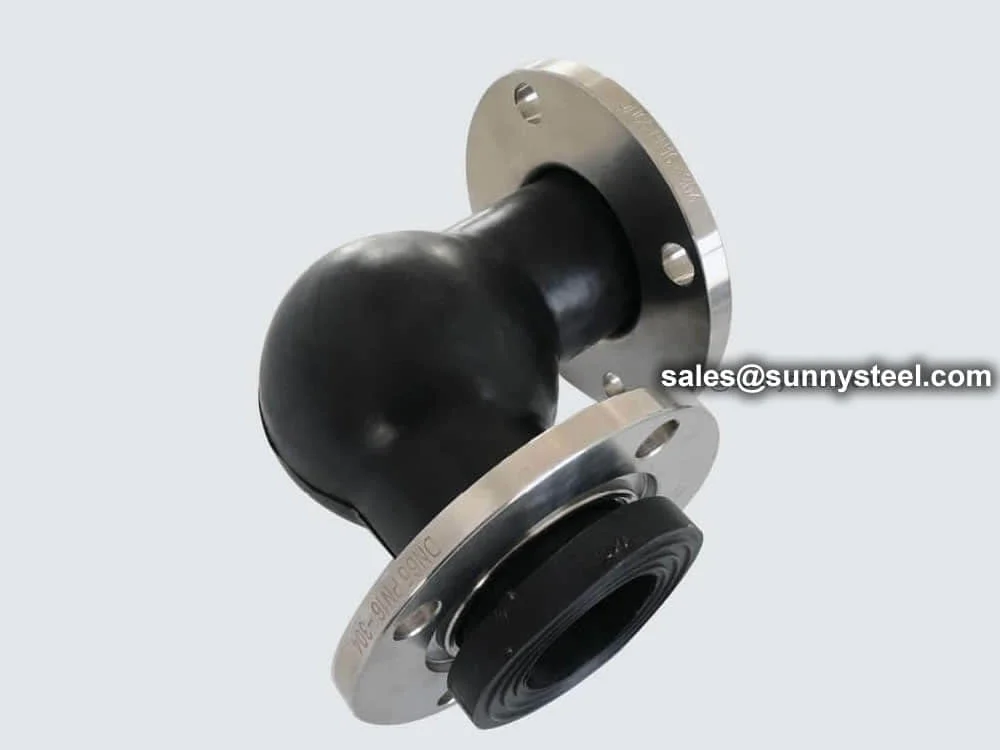
Flexible rubber elbow joints redirect flow in pipi...
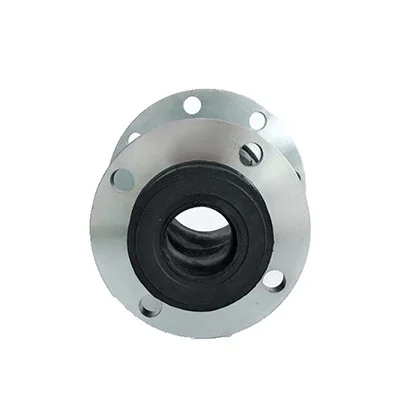
Ein gummi-kompensator ist ein flexibles verbindung...